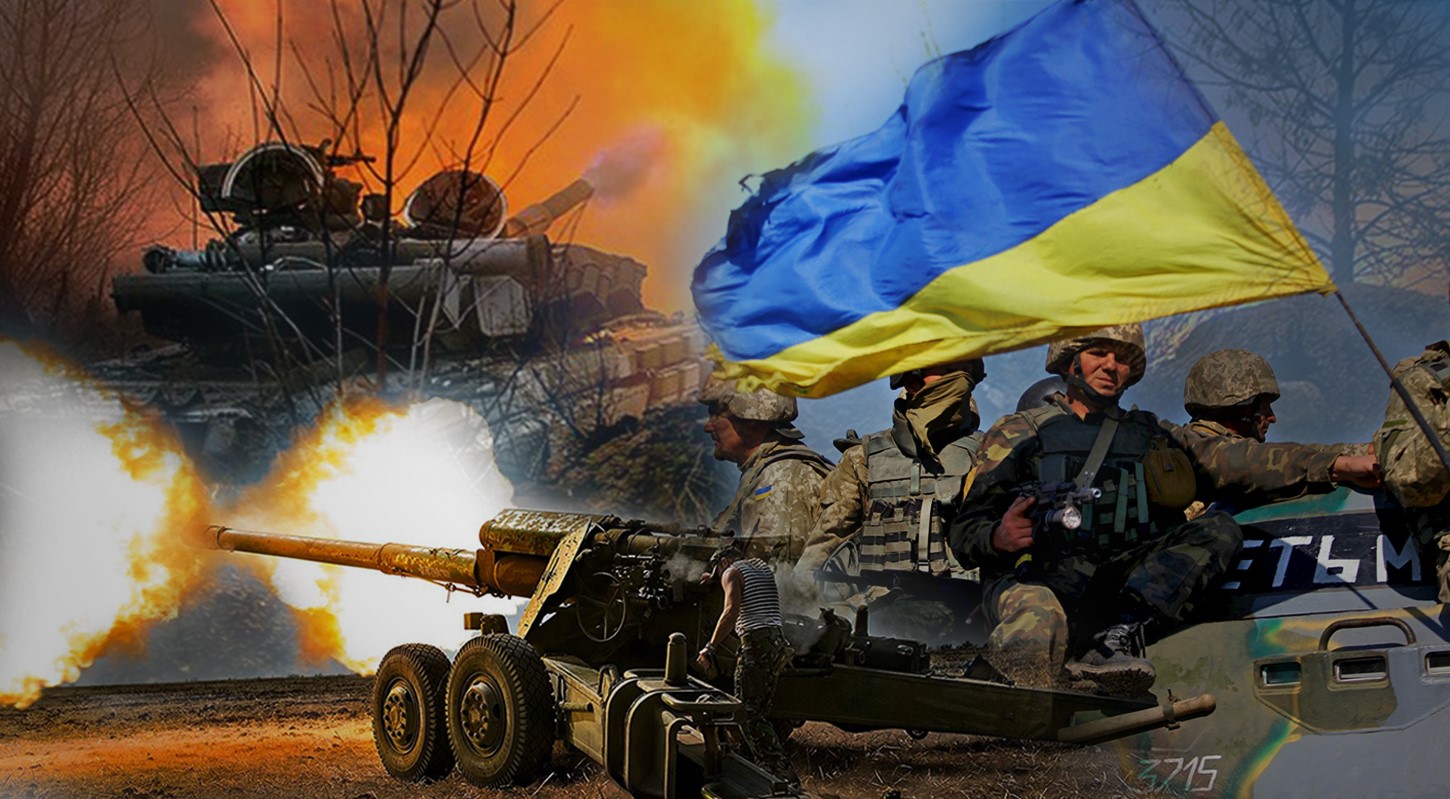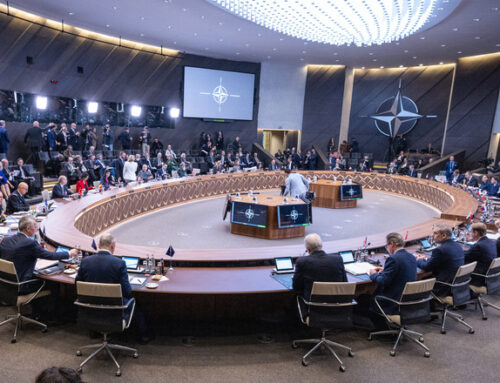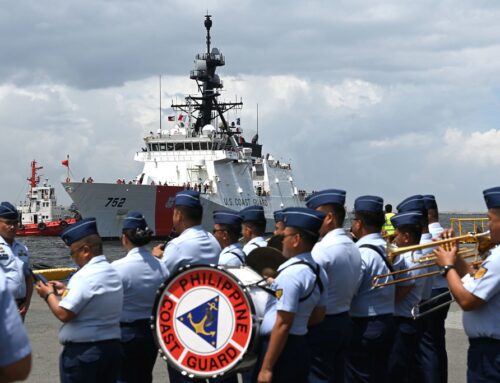war ukraine
Autor foto: Domena publiczna



war ukraine
Autor foto: Domena publiczna
War in Ukraine – weekly update (20.05-26.05.2023)
Autor: Sebastian Czub
Opublikowano: 26 maja, 2023
Bakhmut
After 10 months of fighting the Russians, spearheaded by Wagner Group’s forces have at last captured the defiant city of Bakhmut. On May 20th 2023, Wagner Group leader Yevgeny Prigozhin declared the capture of the city via a video published on the Wagner affiliated press service Concord’s Telegram channel.i President Vladimir Putin additionally congratulated Russian armed forces and acknowledged that Wagner played a leading role in taking the city. Ukrainian sources, including President Zelensky’s denied the capture of Bakhmut in the response to Russian declarations. However, according to the latest news, including a report by the Kyiv Independent it seems that Ukrainian forces have been pushed out the settlement entirely. Currently fighting is continuing on the city’s outskirts. More importantly however, Ukrainian forces have continued offensive operations on the far reaching flanks of Bakhmut to the northwest in the area of Khromove and to the southwest towards Klishchiivka.ii It seems however, that the momentum enjoyed by Ukrainian forces in the previous week has been somewhat stymied. At this moment Ukrainian and Russian forces are locked in intense trench warfare along the hills surrounding Klishchiivka. It is worth mentioning that Klischiivka acts as an immediate logistics and supply hub for Russian forces in the Bakhmut area. Should the Ukrainians be able to take the town, Russian operation in the region would be significantly hampered, especially within Bakhmut itself.
Furthermore, Wagner leader Yevgeny Prigozhin declared that starting from May 25th Wagner forces would be withdrawing from the frontlines for a two month period of recuperation. Wagner forces suffered heavy casualties during the siege of the city and are now in need of reinforcement and rest if they wish to continue combat operations. According to John Kirby Wagner forces suffered 10,000 killed in action in Bakhmut in the period between December 2022 and May 2023, with presumably another 40,000 casualties (wounded and/or missing in action). On May 23rd during an interview with Russian political strategist Konstantin Dolgov Prigozhin stated that Wagner lost 10,000 convict recruits and 10,000 full-time professional Wagner fighters killed in action over the course of the Battle for Bakhmut.iii Prigozhin numbers double Washington’s estimates, showcasing the massive extent of Russian losses. The purpose of Prigozhin’s open declaration of high losses is unclear. It is possible that these statements are part of a Russian disinformation campaign – a maskirovka. Prigozhin has on several occasions used claims of heavy casualties or ammunition shortages as narratives in informational campaigns. For example around May 5, Prigozhin published a video showing rows of dead Wagner troops, claiming that they were killed because artillery units lacked ammunition needed to support their operations.iv Prigozhin claimed that his forces were suffering heavy casualties and unable to move forward without additional ammunition. However the very next day Russian forces in the Bakhmut area launched a major coordinated offensive operation. Thus, basing on Prigozhin’s previous actions it is possible that the interview and announced Wagner losses are part of a maskirovka.
The Black Sea
Ukrainian forces launched an attack against a Russian warship Ivan Khurs in the Black Sea. Ukraine used several (most sources reference 3) seaborne kamikaze drones in their attempt to sink the ship. These vessels were meant to ram into the Russian ship and explode upon contact. The Russian Ministry of Defence claimed that the attack was unsuccessful with all 3 drones destroyed by the ships countermeasures. The Russian MoD additionally published a video showing the destruction of one of the drones by direct weapons fire from the Ivan Khurs. Ukrainian sources however, have presented a piece of footage showing a seaborne drone successfully hitting the ship.v Thus, it is quite possible that Russia nitpicked their footage in order to promote a more positive narrative. While the extent of the damage suffered by the warship Ivan Khurs is unknown the operation should be considered as a Ukrainian success. Consistent attacks on the Russian Navy in the Black Sea put pressure on Russian forces. The danger presented by Ukrainian anti-ship missiles and seaborne drones forces Russia to be very careful when using their navy assets. The threat on Russian warships decreases their engagement and effectiveness in the ongoing war, thus decreasing the pressure on Ukrainian forces on land and potentially stopping Russian ships from attacking key Ukrainian targets.
Raid into Belgorod
The Russian Volunteer Corps and the Freedom of Russia Legion (also known as Liberty of Russia Legion) staged an attack into the Russian Belgorod Oblast.viThe two formations made up of Russian volunteers fighting on the side of Ukraine launched a daring raid across the Russian border. The attack was preceded by an hour long artillery bombardment of Russian border positions, after which the two groups began the assault utilising armoured vehicles.vii The forces used by the two volunteer formations, according to various sources, could equate to as much as battalion strength (that is roughly between 500 and 600 men, depending on the equipment and vehicles used). The Russian Volunteer Corps and the Freedom of Russia legion managed to quite easily break through the border and occupy several settlements and villages located in its proximity.
The two formations moved towards Belgorod and were intercepted by hastily mobilised Russian forces. The volunteer troops managed to maintain an over 20 kilometre long front within Russia for three days before withdrawing back to Ukraine. The formations declared the operation as a success, though no objectives were stated, managing to push into Russia with very low casualty counts equating to a dozen wounded and 2 killed in action, with several pieces of Russian equipment captured, including a BTR infantry fighting vehicle. The Russians claimed much higher losses for the volunteer formations stating that as much as 70 were killed, with many vehicles lost – this was backed by footage of several damaged and destroyed vehicles including an MRAP, Humvee, and Polish Dzik vehicles.viii
The raid while changing nothing in the frontline situation, not gaining any ground or destroying key targets could lead to two distinct repercussions. The first one, beneficial to the Ukrainians, is that the attack showcased the lack of Russian military presence, and insufficient defensive measures on the border. This would mean that Russia does not have enough manpower to effectively garrison the entire border, while maintaining offensive operations within Ukraine. This would mean that if Russia would have to reinforce the borders then it might have to transition troops from the frontlines, thus relieving pressure on Ukrainian forces. Though there exists the possibility however, that Russia might utilise the spring conscripts, which cannot be deployed to Ukraine, to plug this gap. The second repercussion is that Russia might use this incident as a basis for the intensification in the war in Ukraine – possibly using the attack as ground for a formal declaration war, which would allow Russia to conduct mass mobilisation. Thus, while the raid might have been small in size, its repercussions might be very significant.
Russian Homefront – a drive to war?
In the aftermath of the capture of Bakhmut and the raid into Belgorod by the fighting for Ukraine Russian Volunteer Corps and the Freedom of Russia legion, the Russian homefront has shifted. In a stunning move the Russian government decided that farmers and entrepreneurs will no longer have their mobilisation postponed.ix These two groups were previously exempt from mobilisation, as the driving assets of key Russian sectors. This was done by postponement of mobilisation notices to people associated with these sectors. However, now it seems that the need for additional manpower on the frontlines of Ukraine has dictated a change. Interestingly as no mobilisation is currently ongoing, except for the annual spring draft for mandatory military service, these news might suggest further developments. It is possible that Russia is preparing for a major escalation in the war. As noticed in the previous “War in Ukraine – weekly updates” the Kremlin has been laying grounds for a potential new mobilisation. The electronic draft notices were introduced and new punishments for failing to show up for the mobilisation were passed. Additionally, the Kremlin has been creating a “war narrative”, painting the drone explosion over the Kremlin as a Ukrainian attack, and Putin talking, during the May 9th parade, about a “real war” being waged against Russia. This narrative might be aimed to prepare Russia for a transition from a “Special Military Operation” into a full blown war. Now, the raid into Belgorod by Ukraine affiliated forces, could have provided Russia with a final piece in these preparations – a legal basis for a formal declaration of war.
Conclusion
As Bakhmut has fallen the situation on the frontline has changed. Now it is Ukraine that seeks to exploit the weakness in the Russian line and encircle the city and battles continue to rage along the heavily contested battlefield. In an unprecedented event, the Russian Volunteer Corps and the Freedom of Russia legion have launched a raid into the Russian Belgorod region – sparking outrage within Russia. However, one should notice whether this brash endeavour could end up causing unwanted repercussions. As the Russian homefront is gearing up to war, and the Kremlin paints the narrative of escalation, the raid grants sufficient rounds for a formal declaration of war. Now, one should consider whether the fall of Bakhmut was the end of one phase of the war or the opening of another and one much more brutal.
Author: Sebastian Czub, Analyst at Casimir Pulaski Foundation
iPeter Graff, “Russia says Ukrainian city of Bakhmut captured”, Reuters, May 21, 2023, https://www.reuters.com/world/europe/russias-wagner-claims-bakhmut-kyiv-says-situation-critical-2023-05-20/.
iiRiley Bailey et al., “Russian Offensive Campaign Assessment, May 24, 2023”, Press ISW, May 24, 2023, https://www.understandingwar.org/backgrounder/russian-offensive-campaign-assessment-may-24-2023.
iiiRiley Bailey et al., “Russian Offensive Campaign Assessment, May 24, 2023”, Press ISW, May 24, 2023, https://www.understandingwar.org/backgrounder/russian-offensive-campaign-assessment-may-24-2023.
ivGuardian News, “Wagner chief blames Russian generals for losses suffered in Ukraine”, Youtube, May 5, 2023, https://www.youtube.com/watch?v=R8emk6cpFcE.
vGianluca Avagnina and Cat McGowan, “Was Russian warship attacked by Ukrainian drone boats in the Black Sea?”, BBC News, https://www.bbc.com/news/av/world-65715348.
viJames Gregory & Frank Gardner, “Belgorod raid: Insurgents defeated after rare cross-border incursion – Russia”, BBC News, May 24, 2023, https://www.bbc.com/news/world-europe-65683374.
viiRob Picheta and Nathan Hodge, “Anti-Putin Russians say they launched a cross-border attack from Ukraine. Here’s what we know”, CNN, May 24, 2023, https://edition.cnn.com/2023/05/23/europe/belgorod-attacks-russia-ukraine-explainer-intl/index.html.
viiiJames Gregory & Frank Gardner, “Belgorod raid: Insurgents defeated after rare cross-border incursion – Russia”, BBC News, May 24, 2023, https://www.bbc.com/news/world-europe-65683374.
ixMateusz Lech, “Wielkie braki żołnierzy w wojsku rosyjskim. Kreml podejmuje trudną decyzję”, Ekonomia Rosji, May 25, 2023, https://ekonomiarosji.pl/2023/05/25/wielkie-braki-zolnierzy-w-wojsku-rosyjskim-kreml-podejmuje-trudna-decyzje/?fbclid=IwAR3g7DCCVt52CleUAZZRsaYuw26bg0l811PcgRBUUwkRiQyVj0LSlY_RIvU.






